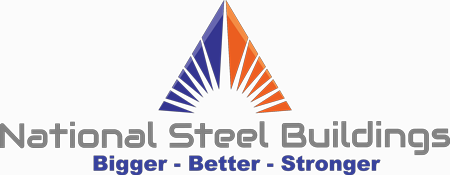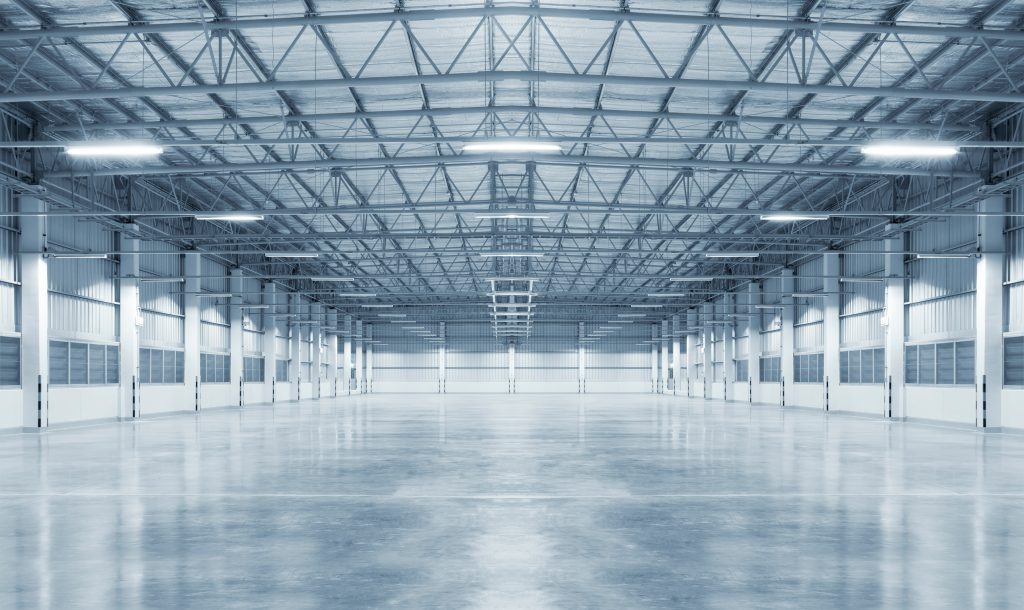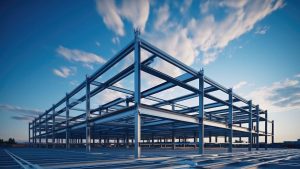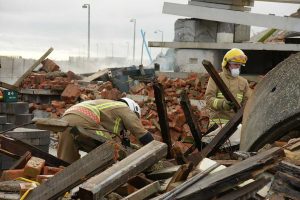Steel buildings have been a popular choice for various industries, thanks to their durability, affordability, and ease of construction. From residential structures to commercial complexes and industrial warehouses, steel buildings come in a wide range of shapes, sizes, and purposes. This ultimate guide will help you understand the different types of steel buildings, along with their unique characteristics and advantages.
Pre-engineered Steel Buildings
Pre-engineered steel buildings are designed and manufactured in a factory, and then shipped to the construction site for assembly. This method offers several advantages, such as reduced construction time, lower labour costs, and minimal waste. These buildings are ideal for various applications, such as warehouses, retail spaces, and offices.
Clear Span Buildings
Clear-span buildings are a type of pre-engineered steel structure with no internal columns or support beams. This design allows for large, unobstructed floor areas, making them perfect for warehouses, manufacturing facilities, and indoor sports complexes.
Multi-Span Buildings
Multi-span buildings, unlike clear-span structures, include internal support columns. These buildings are ideal for long and narrow spaces, such as manufacturing plants and distribution centres, where the extra support allows for more extended lengths.
Modular Buildings
Modular steel buildings are made up of pre-fabricated sections, which can be easily assembled on-site. These buildings are highly customizable, allowing for easy expansion and reconfiguration. This makes them suitable for schools, offices, and healthcare facilities.
Rigid Frame Steel Buildings
Rigid frame steel buildings feature a robust and durable steel framework, providing stability and strength. These buildings can be customized to suit various applications and are suitable for both commercial and industrial purposes.
Straight Column Buildings
Straight column rigid frame steel buildings have columns that run vertically from the ground to the roof. This design allows for easy customization of the interior space and is ideal for retail stores, office buildings, and workshops.
Tapered Column Buildings
Tapered column rigid frame steel buildings have columns that gradually taper in width from the base to the top. This design provides added stability and strength, making them suitable for heavy-duty applications such as manufacturing facilities and aeroplane hangars.
Arch Steel Buildings
Arch steel buildings, known as Quonset huts, have a distinctive semi-circular shape. This design provides excellent strength and durability, making them ideal for agricultural storage, workshops, and garages.
Full Arch Buildings
Full arch buildings feature a continuous arch that spans the entire width of the structure. This design offers maximum interior space and is perfect for warehouses, workshops, and equipment storage.
Half Arch Buildings
Half-arch buildings have curved roofs and straight walls, providing a more traditional appearance. These buildings suit various applications, including retail stores, offices, and agricultural storage.
Light Gauge Steel Buildings
Light gauge steel buildings use thin sheets of steel to create a lightweight yet sturdy structure. These buildings are easy to assemble, making them perfect for residential applications such as homes and garages.
Single Slope Buildings
Single-slope steel buildings feature a roof with one slope, allowing for easy water drainage. This design is ideal for storage units, carports, and small workshops.
Gable Roof Buildings
Gable steel buildings have a traditional triangular roof shape, providing a more aesthetically pleasing appearance. These structures are suitable for residential homes, barns, and storage facilities.
Custom Steel Buildings
Custom steel buildings are designed and built to meet specific requirements, such as unique dimensions, architectural features, or specific load-bearing capacities. These buildings are ideal for clients with unique needs or for projects that require a more personalized approach.
Hybrid Buildings
Hybrid steel buildings combine the advantages of steel structures with other building materials, such as wood, concrete, or glass. This approach allows for unique architectural designs, energy-efficient solutions, and a more comfortable interior environment. Hybrid buildings are suitable for offices, museums, and high-end residential homes.
High-Rise Steel Buildings
High-rise steel buildings are designed to support the weight and loads of multi-story structures. This type of building is commonly used in urban environments, where space is at a premium. High-rise steel buildings are suitable for residential apartments, hotels, and office complexes.
Speciality Buildings
Speciality steel buildings are designed for specific applications that require unique features or accommodations. Examples of speciality buildings include indoor sports arenas, theatres, and aeroplane hangars. These structures often require specialized engineering and design expertise to meet the demands of their intended use.
Conclusion
Steel buildings offer a versatile, durable, and cost-effective solution for a wide range of applications. Whether you need a simple storage facility or a custom-designed high-rise building, there is a steel-building solution to meet your needs. Understanding the various types of steel buildings and their unique characteristics will help you make an informed decision for your next construction project.




